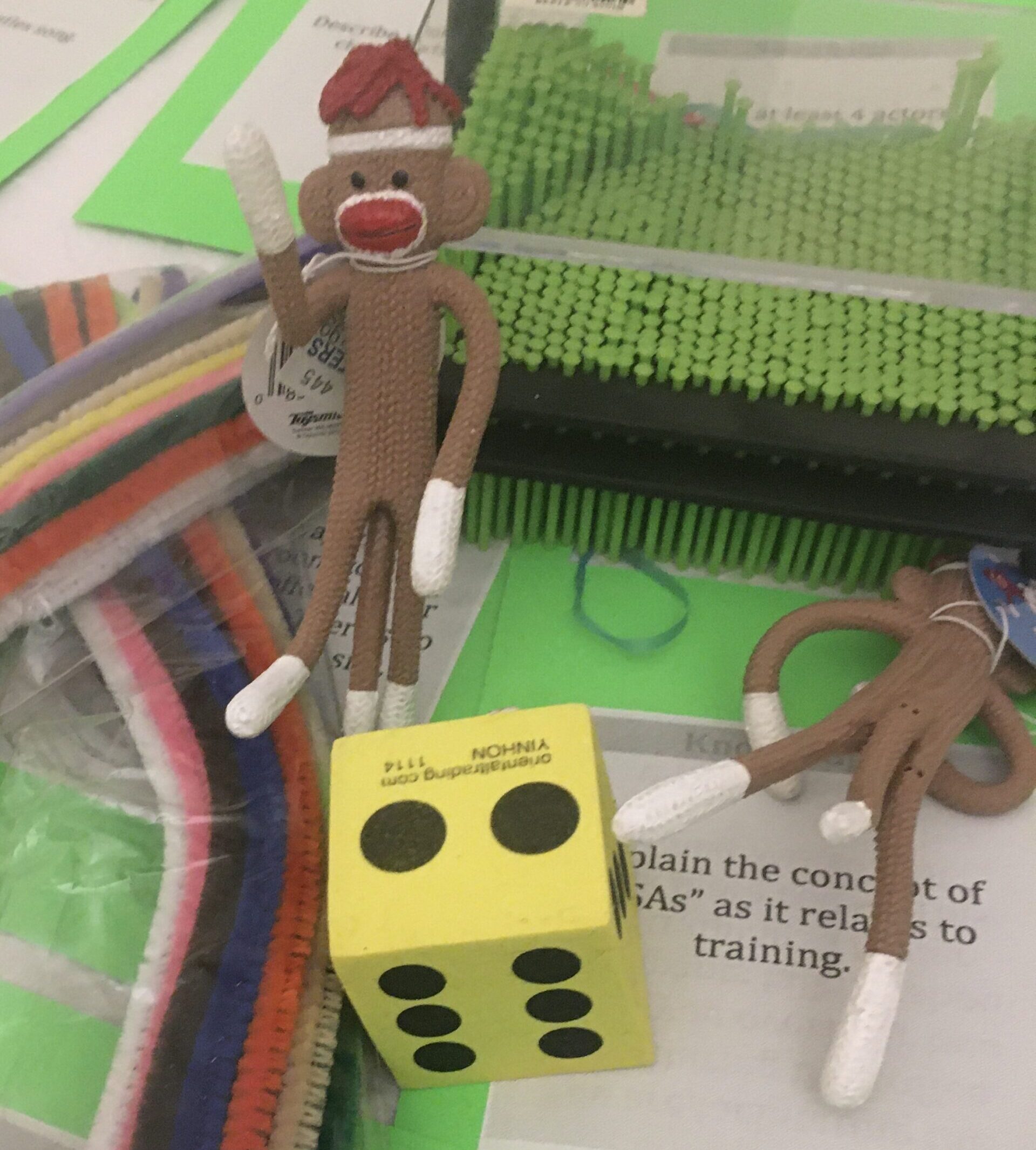What can you learn about leadership from gardening?
What can you learn from the natural world about growth, transition, and transformation? That’s something I think about a lot.
You see, when I’m not designing and facilitating workshops for organizations and teams, I like to spend time in nature.
Getting my hands in the soil and caring for plants really grounds me. (See what I did there? 😉
Actually, if I’m honest – and what’s very obvious if you follow me on my socials or collect my art – is that I really love flowers. Come June you can find me oohing and aahing over my peonies. Ditto for the later summer and autumn beauty of dahlias.
And here’s the interesting thing about dahlias: They can grow to 14 inches in diameter!
But before that incredible blooming happens, the plants make one bud at the end of each branch with two or three side buds.
But here’s the thing: in exchange for those magnificent blooms, you need do something that I still find hard to do.
You need to practice disbudding. A simple process, disbudding is when you snip off some of the flower’s growth buds on each stem so that all the plant’s energy is directed to the central bud.
The result? You get larger and better flowers with longer stems.
If you don’t disbud a dahlia plant, the central bud and the two side buds will bloom, but the stems will be short, and the flower heads will be smaller.
Of course, you can choose to do what some gardeners do and leave all the buds and get more, but smaller flowers.
Or you can do what I do: say a silent “sorry” and “thank you” to those side buds as you remove them. That way you can give the main bloom the best chance of reaching its maximum size.
Your reward? You get to cherish fewer, but more spectacular blooms.
So, what does pinching out a dahlia bud have to do with you and leadership?
Essentially, disbudding is about harnessing energy. To be effective as a leader you need to be very intentional about the choices you make and about how you channel your energy.
Pouring your energy across multiple projects is probably what you do most of the time…and that approach may work for a while.
On the other hand, focusing on one organizational goal – launching a product, rolling out a new system, or onboarding a new team member, for example – may be the right decision for you and your team at this moment.
The most successful leaders – people who want to build their business, nurture a healthy work environment, and have an impact – excel at managing energy.
Again, it’s all about making intentional decisions that align with your professional goals.
What about you?
What are the “side buds” – inefficient habits or processes – that are draining energy from you? From your team?
What steps can you take today to direct more energy to the things that really matter to you, your business, or your team?
Where will your channel your energy today?
I design and facilitate transformational learning experiences for teams worldwide. Reach out to me to discuss how I can help your organization or team elevate performance, harness creative energy, and grow your business, together.






